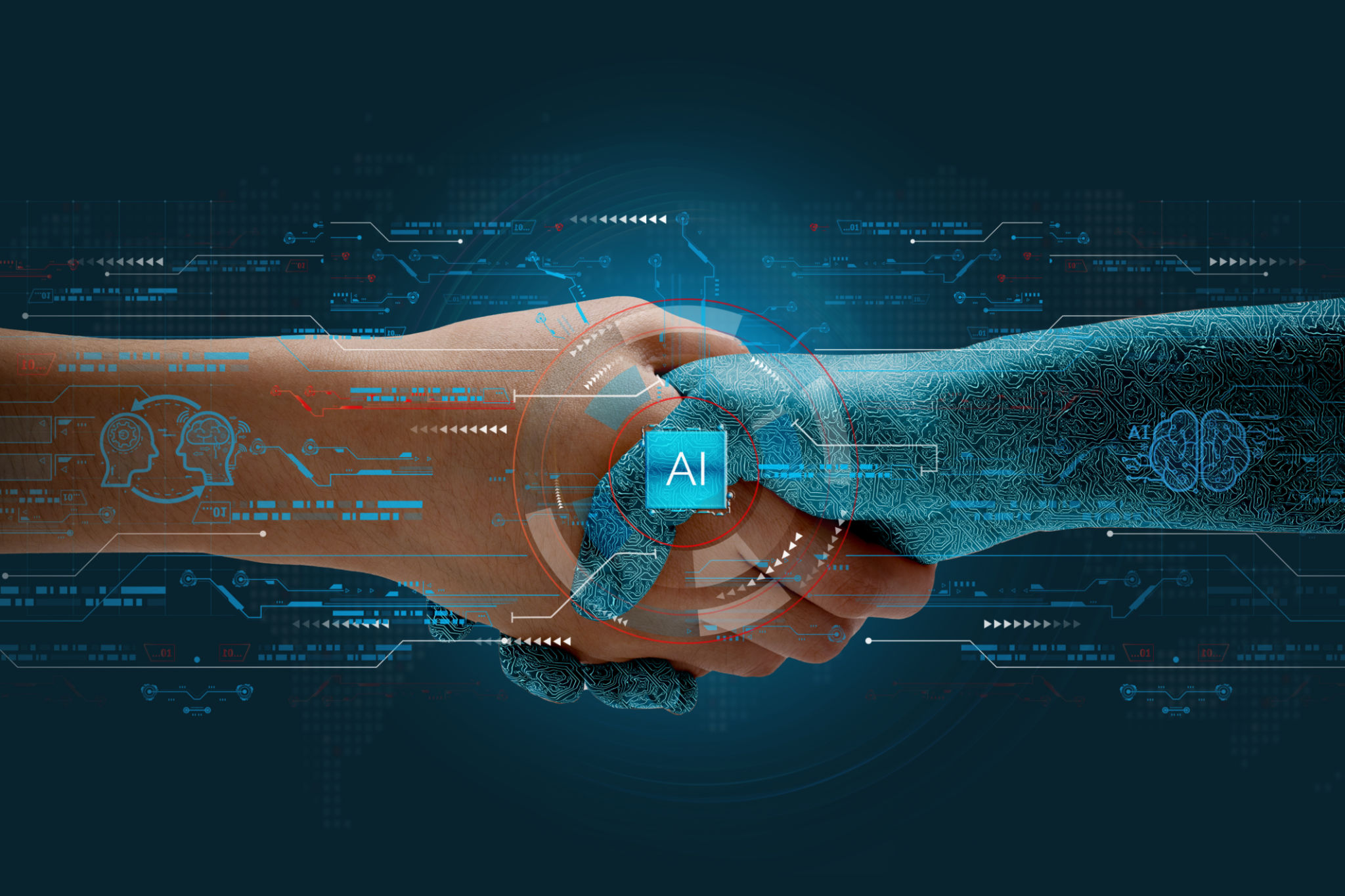Myth-Busting: Common Misconceptions About AI in Environmental Solutions
Understanding AI's Role in Environmental Solutions
Artificial Intelligence (AI) is rapidly becoming a key player in addressing environmental challenges. However, misconceptions about its application can lead to misunderstandings about its capabilities and limitations. In this post, we'll debunk some common myths surrounding AI in the realm of environmental solutions.

Myth 1: AI Replaces Human Effort
One prevalent misconception is that AI will completely replace human effort in environmental efforts. While AI can process vast amounts of data and identify patterns more efficiently than humans, it is not a standalone solution. Instead, AI serves as a powerful tool that complements human expertise, enabling more informed decision-making and strategy development.
For instance, AI can analyze climate data to predict weather patterns, but it requires human scientists to interpret these predictions and implement appropriate measures. Therefore, the collaboration between AI and human intelligence is essential for effective environmental solutions.
Myth 2: AI is Too Expensive for Environmental Projects
Another common myth is that AI technologies are prohibitively expensive and thus inaccessible for environmental projects. While it's true that the initial investment can be significant, the long-term benefits often outweigh the costs. AI systems can streamline operations, reduce waste, and enhance resource management, leading to cost savings over time.

Moreover, as AI technology advances and becomes more widespread, the costs associated with its implementation are gradually decreasing. Many organizations are already leveraging AI to optimize their environmental initiatives without breaking the bank.
Myth 3: AI Solutions Are Not Scalable
Scalability is a concern often raised about AI in environmental solutions. Some believe that AI systems cannot adapt to large-scale applications or diverse environments. However, this is far from the truth. AI's ability to process enormous datasets makes it highly scalable and adaptable across various sectors.
From monitoring deforestation to managing urban waste, AI solutions are designed to handle tasks on both small and large scales. The key lies in selecting the right algorithms and tailoring them to specific needs and contexts.

Myth 4: AI Lacks Transparency
Transparency in AI operations is crucial, especially when dealing with environmental data that impacts public policy and community well-being. Some critics argue that AI lacks transparency and accountability. While concerns about "black box" algorithms are valid, recent advancements focus on developing explainable AI models.
These models aim to provide clarity on how decisions are made, ensuring stakeholders understand the rationale behind AI-driven conclusions. As transparency improves, trust in AI's potential for environmental solutions continues to grow.
Myth 5: AI Promotes Over-Reliance on Technology
The fear of over-reliance on technology is common when discussing AI applications. Critics worry that dependency on AI might undermine traditional conservation methods. However, the goal of integrating AI into environmental strategies is not to replace existing practices but to enhance them through data-driven insights.
By combining traditional knowledge with cutting-edge technology, we can create more comprehensive approaches to tackling environmental issues, ensuring a balanced relationship between technological advancement and natural preservation.

The Future of AI in Environmental Solutions
As we continue to explore the potential of AI in environmental solutions, it is crucial to dispel these myths and misconceptions. Understanding the true capabilities of AI can unlock new opportunities for innovation and collaboration in preserving our planet.
By recognizing AI as an ally rather than a threat, we can harness its power to drive sustainable change and create a healthier environment for future generations.